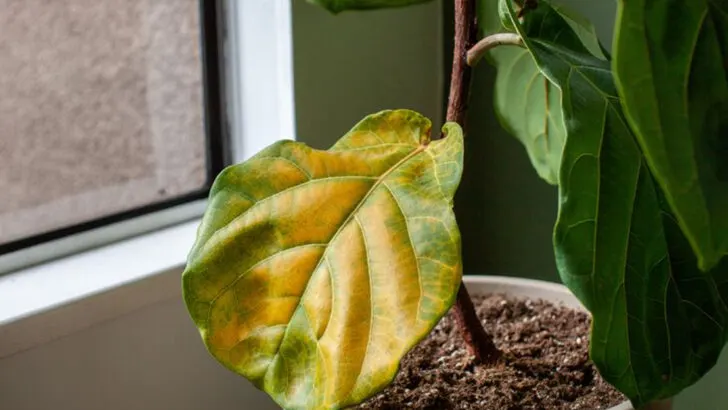Keeping houseplants alive shouldn’t feel like a mystery—but for many, it still does. You bring a plant home full of hope, only to watch its leaves yellow, wilt, or drop entirely. The truth? Even experienced plant lovers often make small, avoidable mistakes that add up quickly. The good news is that most of these issues are completely fixable, once you know what to look for.
From overwatering to poor light placement, a surprising number of common habits could be quietly working against your plants. Some plants are more forgiving than others, but all of them benefit from a few easy tweaks to their care. And it doesn’t take a full overhaul—just a bit of knowledge, attention, and the right tools (spoiler: many of them are free).
This list of 15 houseplant mistakes breaks down what’s really going wrong—and how to fix it fast. Whether you’re dealing with sad succulents or fussy ferns, you’ll learn practical solutions that can turn things around in just a few days. Your plants want to thrive—you just need to meet them halfway.
Overwatering

Many plant owners mistakenly overwater, thinking it’s helpful. Overwatered plants often show yellowing leaves and wilting due to suffocation of roots. Assess moisture by touching the soil. Consider the plant’s origin; desert plants need less frequent watering. Use pots with drainage holes to prevent waterlogging. Underwatering is less risky than overwatering as most plants can tolerate short dry spells. Adjust watering frequency according to season and plant type. During winter, most plants require less water.
Improper Lighting

Lighting can make or break a plant’s health. Some plants crave sun, while others prefer shade. Placing a shade-loving plant in direct sunlight can result in scorched leaves. Conversely, insufficient light leads to leggy growth. Observe plant behavior to adjust lighting. South-facing windows usually provide ample light, ideal for most plants. Consider supplementing natural light with grow lights for sun-starved plants. Adjust positions seasonally; the sun’s angle shifts throughout the year, affecting indoor light levels. A well-lit environment promotes robust growth and vibrant foliage.
Neglecting Humidity

Many houseplants hail from tropical regions and thrive in humidity. Dry indoor air, especially in winter, often stresses these plants, causing brown tips and edges. Increase humidity with a humidifier or by grouping plants together. Misting offers temporary relief but isn’t a long-term solution. Some plants, like ferns, thrive with daily misting. A pebble tray with water under the pot can also increase humidity. Be mindful of overdoing it, as excessive humidity can encourage mold. Ensure good air circulation to prevent stagnant air issues.
Ignoring Soil Needs
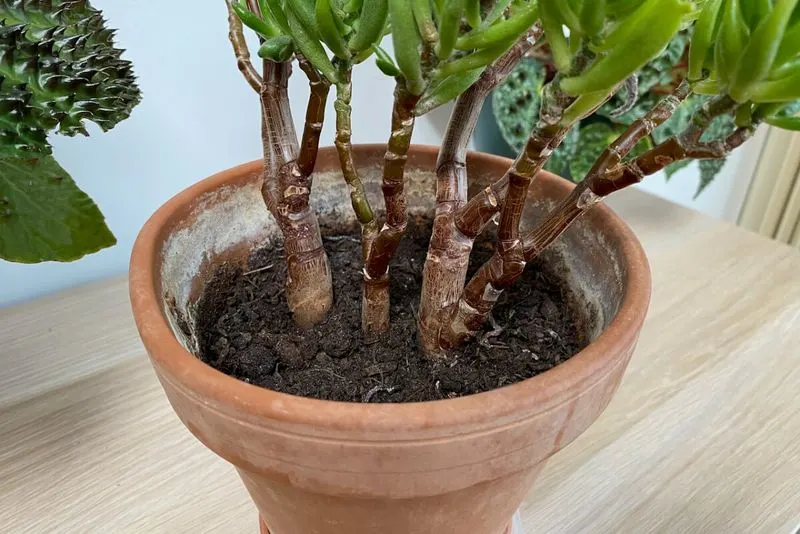
Soil isn’t just dirt; it’s a plant’s foundation. Using the wrong soil mix can stunt growth or cause root issues. Cacti need gritty, well-draining soil, while ferns prefer rich, moisture-retentive mixes. Tailor the soil to each plant’s native environment for best results. Re-potting into fresh soil every few years replenishes nutrients. Be wary of compacted soil, which restricts root growth and water penetration. A healthy soil mix balances aeration, drainage, and moisture retention. Remember, good soil supports robust root systems.
Skipping Fertilization
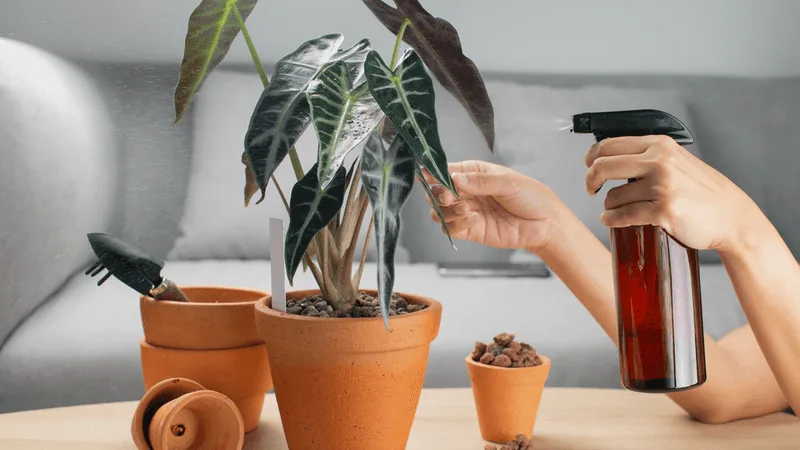
Houseplants rely on limited soil nutrients, so they need a regular feeding schedule. Yellowing leaves often signal nutrient deficiencies. Choose a balanced fertilizer suitable for your plant type. Liquid fertilizers are easy to administer during the growing season. Don’t over-fertilize, as excess can harm roots. A feeding schedule every few weeks supports healthy growth. Organic options like compost tea provide gentle nutrient boosts. Remember to reduce feeding in fall and winter when growth slows. Proper nutrition keeps plants vibrant and lush.
Incorrect Pot Size
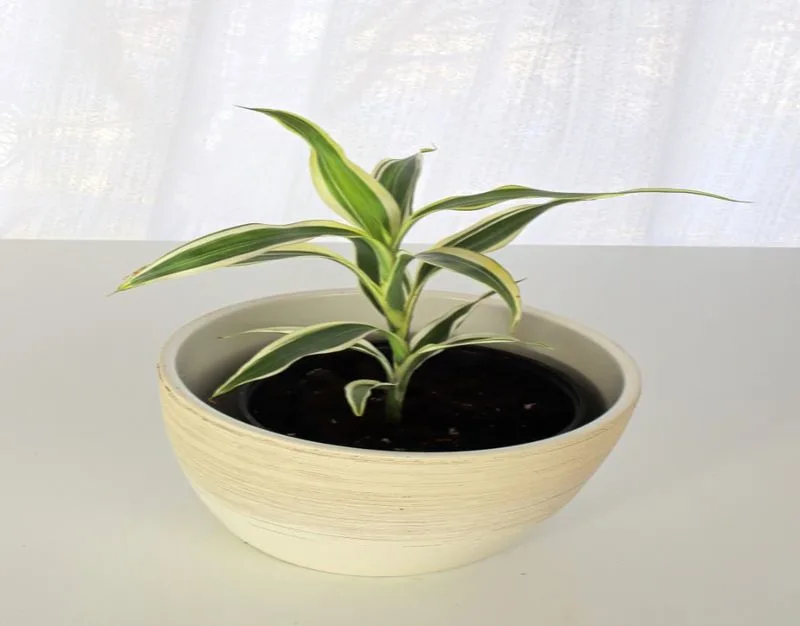
The pot size can affect a plant’s well-being. Too small a pot restricts root growth, while a too-large pot holds excess water, risking root rot. Repot when roots emerge from drainage holes. Choose pots 1-2 inches larger in diameter than the current one. Gradual size increases prevent transplant shock. Oversized pots prolong drying time, increasing rot risk. Ensure pots have drainage to promote healthy root systems. Well-fitting pots support balanced growth and stability. Regularly assess your plant’s pot needs for optimal health.
Exposing to Drafts

Drafts can stress sensitive houseplants, causing leaf drop or browning. Position plants away from doors, windows, and air vents where temperature fluctuations are common. Sudden temperature changes affect plant metabolism. Tropical plants are particularly vulnerable to cold drafts. Consider plant placement, especially during seasonal temperature shifts. Use draft blockers or reposition plants to maintain consistent conditions. Avoid placing plants near heaters as well. Balanced temperatures support consistent growth and foliage health.
Neglecting Pest Control
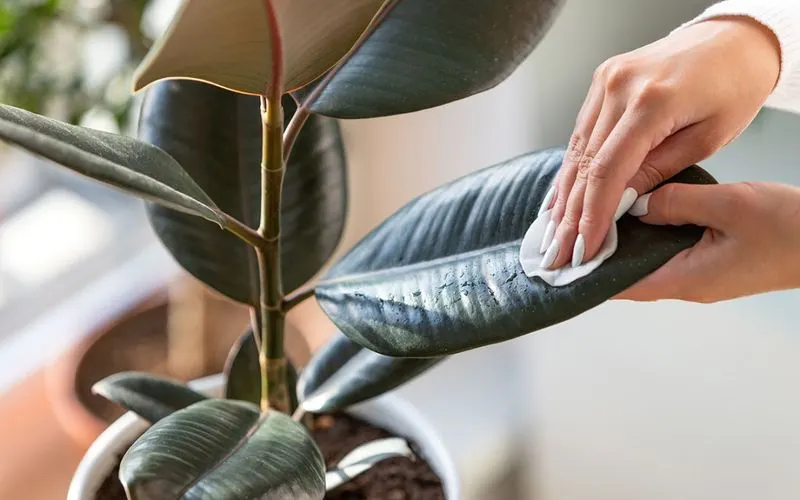
Pests can quickly overrun houseplants if ignored. Common pests include spider mites, aphids, and mealybugs. Regularly inspect leaves, particularly the undersides, for signs of infestation. Early detection makes treatment easier. Use insecticidal soap or neem oil for organic pest control. Isolate affected plants to prevent spreading. Keep plants healthy to reduce pest attraction. Regular cleaning of leaves removes dust and deters pests. An integrated pest management approach keeps plant health in check. Diligence ensures thriving, pest-free plants.
Forgetting to Prune
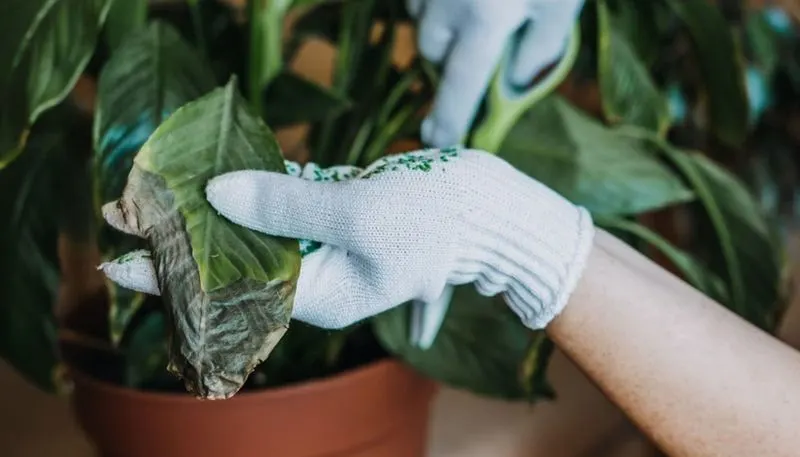
Pruning encourages bushier growth and removes dead or diseased parts, promoting overall health. Overgrown plants may become leggy with sparse foliage. Pruning enhances air circulation and light penetration. Use sharp, clean tools to prevent disease spread. Remove dead leaves and stems regularly. Trim just above leaf nodes for fuller growth. Some plants benefit from regular shaping. Pruning invigorates plants, encouraging new growth and bloom. Routine maintenance keeps indoor gardens neat and flourishing. Adapt pruning techniques to individual plant needs.
Disregarding Growth Patterns

Understanding growth patterns ensures healthy development. Some plants spread horizontally, others grow upright. Overcrowding leads to competition for light and space. Allow adequate spacing for each plant’s natural growth. Rotate plants regularly to ensure even light exposure. Adjust positions as plants mature to accommodate growth. Knowing a plant’s mature size helps in planning layout. Proper spacing supports airflow, reducing disease risk. An organized arrangement highlights plant aesthetics. Adapting to growth patterns fosters a thriving indoor jungle.
Using Tap Water
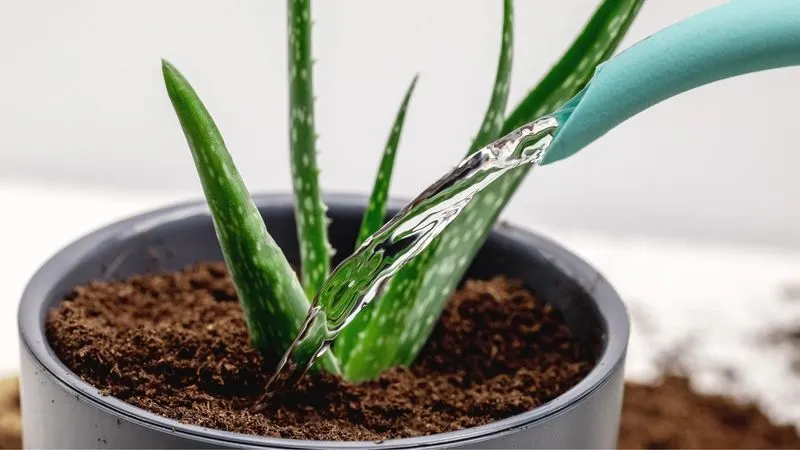
Tap water often contains chlorine and minerals harmful to sensitive plants. Brown leaf tips indicate mineral buildup. Use distilled or rainwater for watering. If tap water is the only option, let it sit overnight to dissipate chlorine. Some plants, like ferns and orchids, are especially sensitive to water quality. Regular flushing with pure water prevents salt accumulation. Filtered water offers a middle ground for plant care. Consistent water quality supports overall plant health. Adjust watering techniques to suit your plant’s needs.
Ignoring Seasonal Changes

Seasonal changes affect light levels, temperature, and humidity, impacting plant care. Winter often reduces growth and light availability. Adjust watering and feeding schedules accordingly. Rotate plants for even light exposure. Some plants enter dormancy, requiring less attention. Monitoring environmental changes helps in adjusting care routines. Consider artificial lighting during short winter days. Seasonal care adjustments ensure year-round plant health. A proactive approach to seasonal shifts promotes resilience. Awareness of seasonal needs cultivates thriving houseplants.
Overlooking Repotting Needs
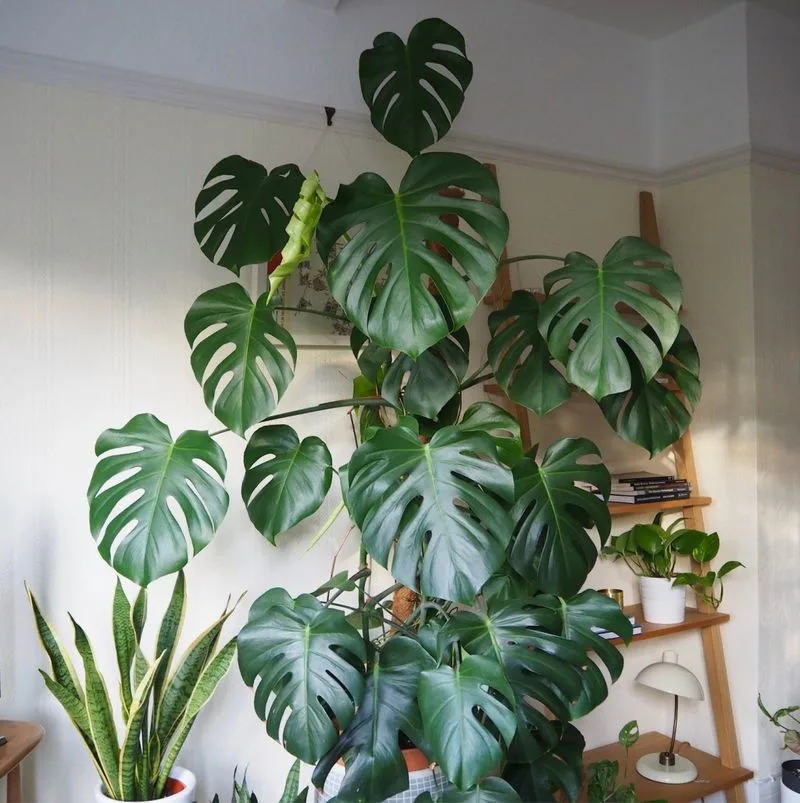
Repotting is crucial for healthy growth. Roots circling the pot indicate it’s time for a new home. Fresh soil and space promote vigor. Annual repotting suits fast growers, while slower ones need less frequent changes. Repot during the growing season for best results. Opt for slightly larger pots to prevent shock. Ensure proper drainage to support robust root systems. Repotting rejuvenates plants, stimulating growth and vitality. Regular checks prevent root-bound stress. A well-timed repot keeps plants thriving.
Ignoring Plant Signs
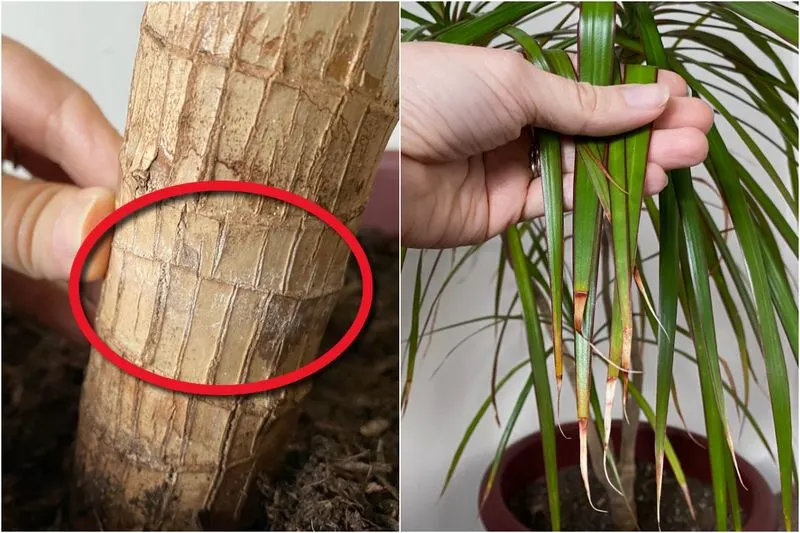
Plants communicate through their appearance. Yellow leaves, wilting, and stunted growth signal distress. Regularly inspect plants for changes. Understand each plant’s typical behavior to spot issues early. Adjust care routines based on plant signals. Quick responses prevent long-term damage. Healthy plants display vibrant colors and firm leaves. Monitoring plant health ensures timely interventions. Each plant has unique needs; understanding these promotes longevity. A keen eye on plant signals fosters a harmonious indoor garden.
Choosing the Wrong Plant
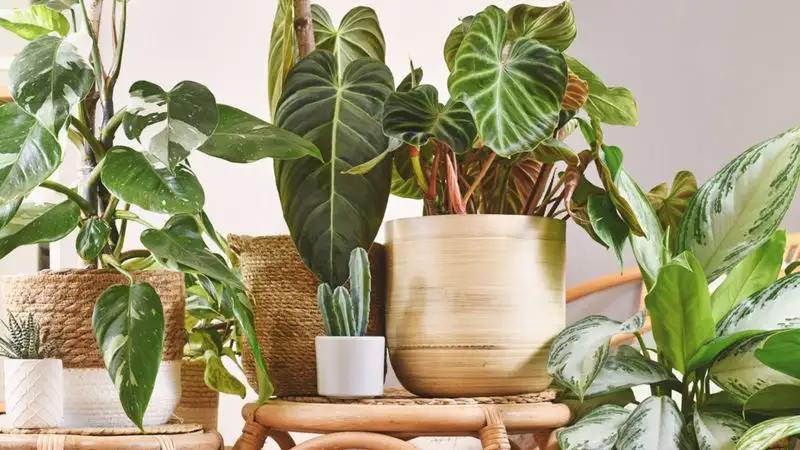
Selecting suitable plants for your home environment is key. Consider light levels, humidity, and temperature. Some plants, like succulents, thrive in bright, dry spaces, while others require shade and moisture. Research plant needs before purchase. Match plant characteristics with home conditions to prevent disappointment. Understand maintenance levels; some plants demand more attention. Right plant choices align with lifestyle and environment. A well-suited plant enhances living spaces effortlessly. Thoughtful selection ensures a rewarding plant journey.

